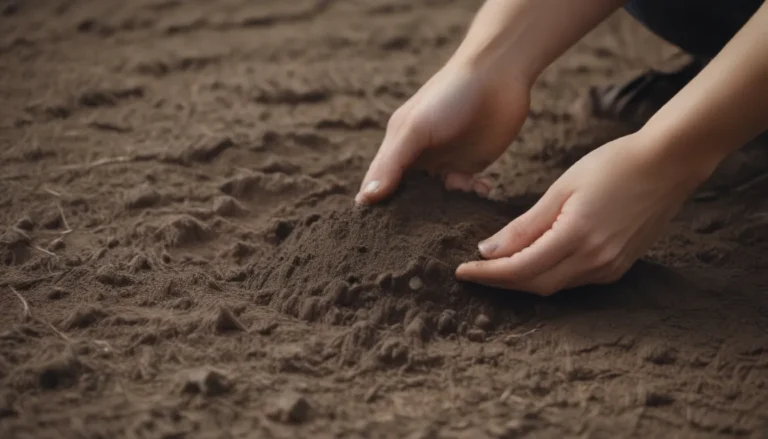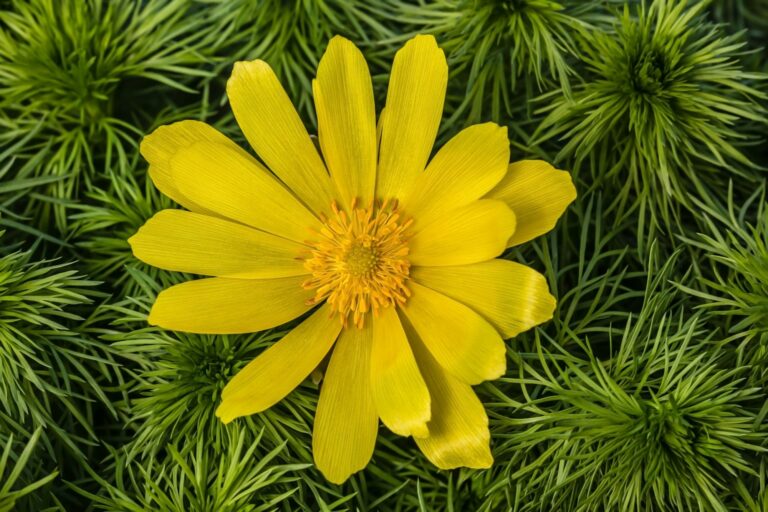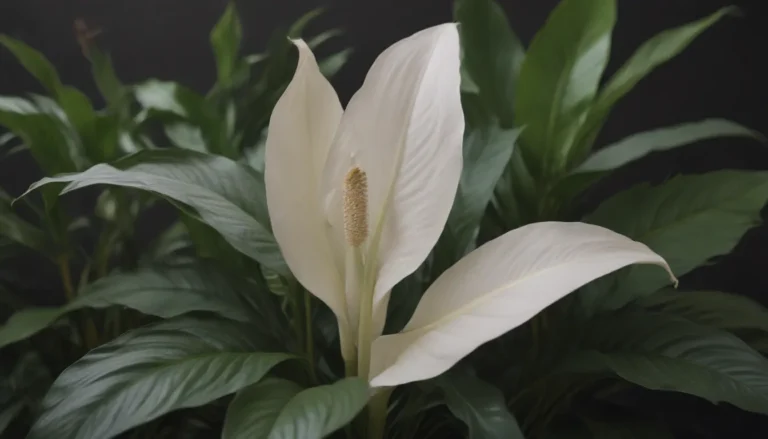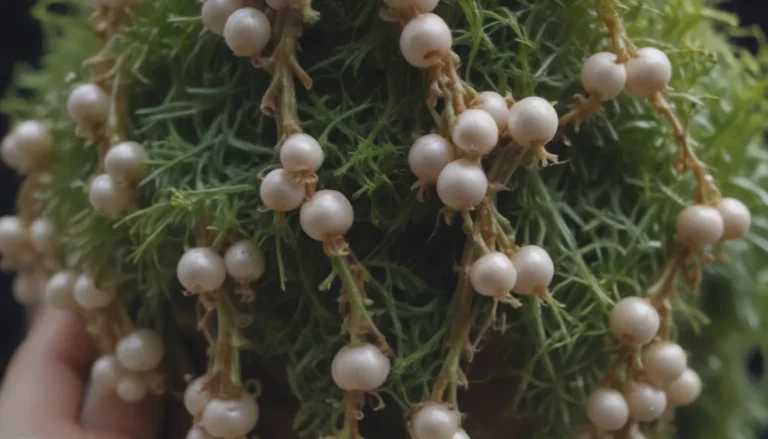6 Tips to Prevent Cilantro from Bolting Quickly and Extend its Lifespan
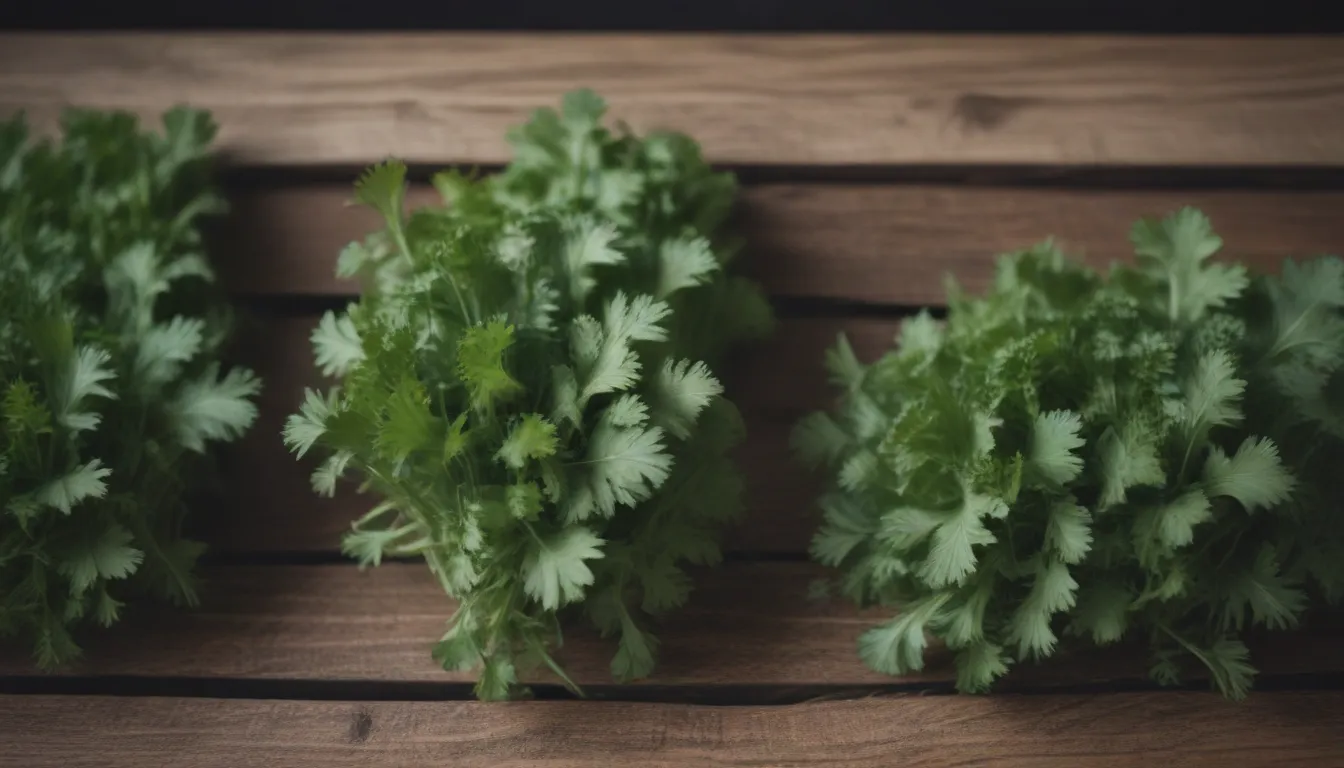
If you’re a fan of cilantro in your dishes, you may have experienced the frustrating issue of it bolting too quickly, cutting your harvest short. But fear not! There are ways to prevent this from happening and extend the life of your cilantro plant.
Understanding Why Cilantro Bolts
Before we dive into the tips to prevent cilantro from bolting, let’s understand why it happens in the first place. Cilantro, scientifically known as Coriandrum sativum, is a cool-season herb. As temperatures start to rise, typically reaching the 70s, the plant naturally responds by bolting – which means it starts to flower and produce seeds to continue its life cycle.
Fun Fact
Did you know that cilantro seeds, once dried, are known as coriander? It’s a versatile herb that you can use in your culinary endeavors.
Now, let’s move on to the important part – how to keep your cilantro from bolting too quickly.
6 Ways to Prevent Cilantro Bolting
Here are some tips and tricks to help you keep your cilantro plant thriving and producing leaves for a longer period of time:
-
Keep it Cool
Temperature plays a significant role in the life of cilantro plants. Plant your cilantro in early spring or fall when temperatures are cooler. If you’re growing cilantro indoors, maintain a temperature of around 70 degrees Fahrenheit or lower to prevent premature bolting. -
Control the Sunlight
Cilantro thrives with about six hours of bright sunlight daily. If you’re growing it outdoors, place it in a spot that doesn’t receive harsh afternoon sun. For indoor plants, consider using grow lights to provide the necessary light without exposing them to excessive heat. -
Water Regularly
Maintain a consistent watering schedule for your cilantro plants. Avoid overwatering or letting the soil dry out completely, as this can stress the plant and trigger bolting. Keep the soil evenly moist, but never waterlogged. -
Pinch or Prune
To encourage leaf growth and prolong the life of your cilantro plant, pinch back the tips when the plant reaches about six inches in height. Additionally, prune the leaves once a week to remove any damaged or yellowing foliage, as well as any flowers that form. -
Practice Succession Planting
To ensure a continuous supply of fresh cilantro, practice succession planting. Wait two to three weeks between planting new seeds or seedlings to have a steady rotation of cilantro plants throughout the growing season. -
Choose Slow-Bolting Cultivars
Opt for cilantro cultivars that are less prone to bolting, such as ‘Calypso’, ‘Slo Bolt’, and ‘Leisure’. These varieties are more heat-tolerant and can provide flavorful foliage for a longer period of time.
Benefits of Bolting Plants
While it may be disappointing to see your cilantro plant bolt and eventually die, there are some benefits to this natural process:
-
Attracts Pollinators
The flowers that form during bolting can attract important pollinators to your garden, benefiting other plants in your garden. -
Edible Seeds
After bolting, cilantro plants produce edible seeds that can add flavor to your dishes. You can harvest these seeds for culinary purposes or to grow new plants. -
Maintains Plant Species
Allowing some plants to “go to seed” helps maintain the longevity of the plant species, whether you’re a home gardener or a commercial farmer.
When your cilantro plant bolts, enjoy the sight of lacy white flowers and the visitors they attract. If you’re planning to collect the seeds, make sure to do it before they burst and dry them thoroughly before storing. Remember that once cilantro bolts, the leaves become tough and bitter, so it’s best to focus on harvesting the seeds at that point.
In conclusion, while cilantro bolting is a natural occurrence, you can take steps to prolong the life of your plant and enjoy fresh cilantro for a longer period. By following these tips and understanding the reasons behind bolting, you can make the most out of your cilantro plants and enhance your gardening experience.
So, go ahead and put these tips into practice to keep your cilantro thriving and flavorful for as long as possible. Happy gardening!
